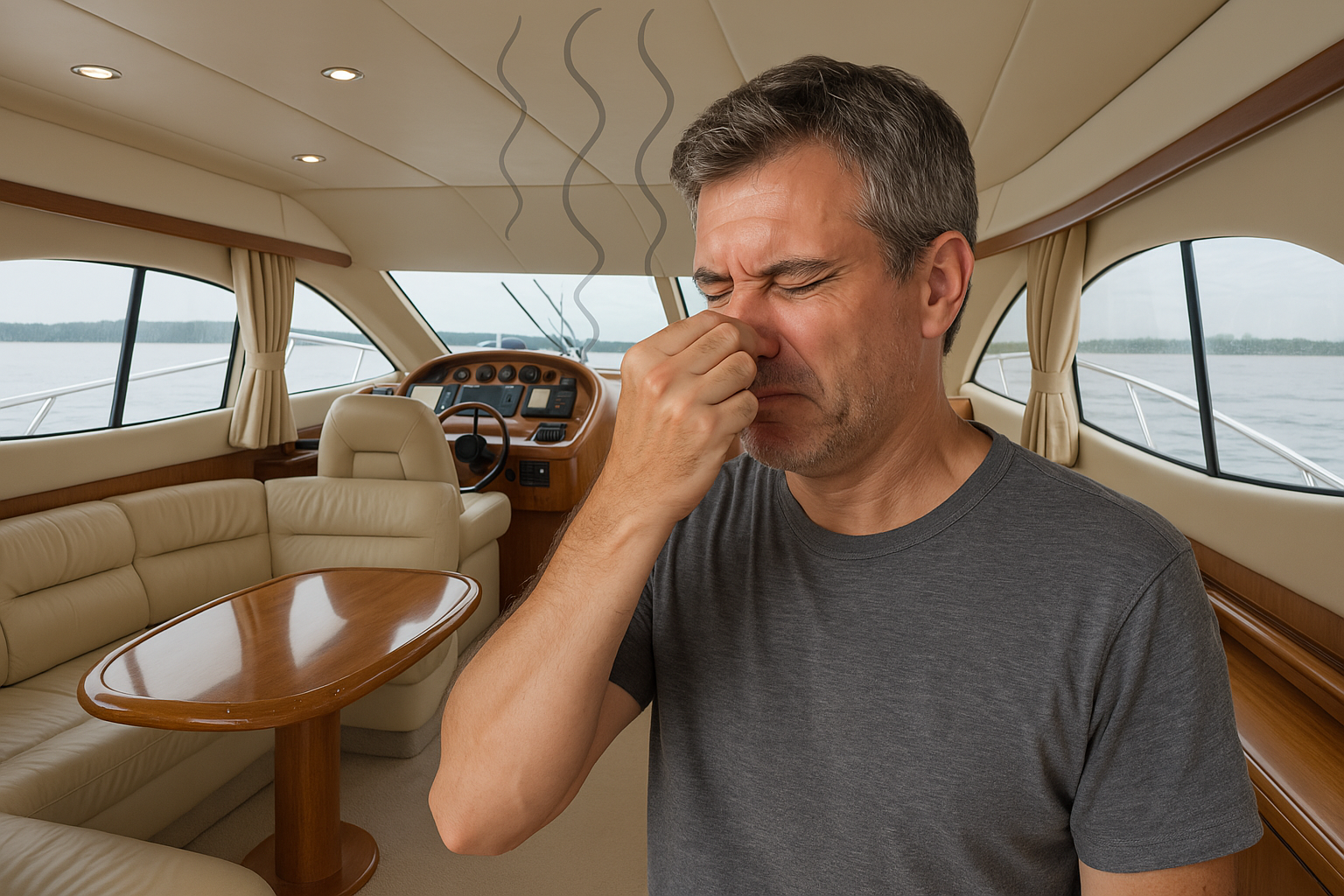Understanding the Unpleasant Smells in Your Boat
A boat is more than just a vessel–it’s a second home or a weekend getaway on the water. The last thing you want is to be enjoying the open seas while battling a mysterious stench. Whether it’s from the head, bilge, or fuel, these unpleasant smells can quickly turn your boating experience sour.
The Sources of Boat Odors
Boat smells can be traced back to three main sources: the head, the bilge, or the fuel. The head, or the boat’s toilet system, can produce a strong, sour smell if not properly maintained. The bilge, the lowest part inside the boat, can gather water, oil, and other liquids, creating a musty, damp odour. Fuel odors are also common, particularly in older boats, and can be overpowering and even dangerous if not addressed.
Tackling the Smells: Various Options
Luckily, there are several solutions available to combat these odors. Let’s explore the pros and cons of ozone generators, ionizers, moisture eaters, and carbon air purifiers.
Ozone Generators: Powerful but Use with Caution

Ozone generators are potent devices that work by creating ozone (O3), a molecule that can neutralize odors by breaking down the offending particles. These are particularly effective in eliminating strong smells, such as those from the head or fuel.
However, they should be used with caution. Overexposure to ozone can be harmful to both humans and pets, causing respiratory issues. Therefore, it’s essential only to use these devices when the boat isn’t occupied, and ensure the area is well-ventilated afterwards.
Ionizers: Silent Scent-Busters

Ionizers work by releasing negatively charged ions into the air. These ions attach themselves to positively charged particles, including odor-causing particles, causing them to become heavy and fall to the ground.
Ionizers are silent and can run continuously, making them a good option for ongoing odor management. However, they may not be as effective on strong odors as ozone generators. Also, they need regular maintenance to keep their effectiveness, and some people may experience throat irritation from the ions.
Moisture Eaters: Winning the Battle Against Dampness

Moisture eaters, or dehumidifiers, are an excellent option for tackling musty smells originating from the bilge. By reducing the moisture in the air, these devices can prevent the growth of mold and mildew, which cause unpleasant odors.
While they can be highly effective, they do require a power source, and you’ll need to regularly empty the collected water. They also don’t address smells from the head or fuel.
Carbon Air Purifiers: An All-Round Solution

Carbon air purifiers use activated carbon to absorb a wide range of odor-causing particles. They can handle smells from the head, bilge, and fuel, making them a versatile solution.
The downside is that the carbon filters need to be replaced regularly to maintain their effectiveness, which can add to the cost. Also, they are less effective in high humidity, so they may not be the best choice if dampness is a major issue on your boat.
Conclusion: A Fresh Start for a New Season
As we embark on a new boating season, it’s the perfect time to freshen up your vessel. Whether you choose ozone generators, ionizers, moisture eaters, or carbon air purifiers, you can banish those unpleasant odors and enjoy a fresh, clean-smelling boat all season long. Always consider the source of the smell, the pros and cons of each option, and your specific needs when choosing the best solution. Here’s to a new season and a new smell on your beloved boat. Bon voyage!



Use the share button below if you liked it.